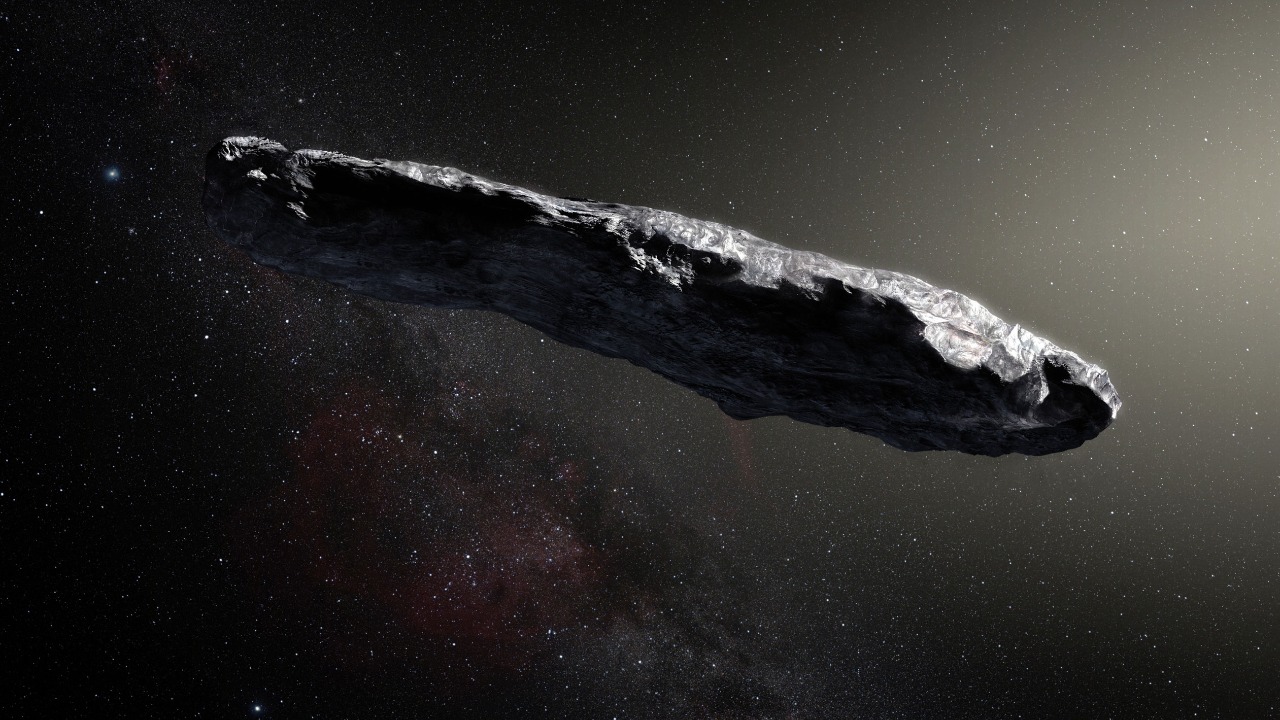
A Harvard astronomer has proposed a bold theory about a mysterious interstellar object that has been observed accelerating away from our solar system at high speed. This acceleration, he suggests, could be the result of the object deliberately firing thrusters, a notion that challenges conventional explanations and reignites debates about the possibility of extraterrestrial technology. The object’s rapid exit trajectory and other anomalous behaviors have puzzled scientists since its detection.
Background on the Interstellar Visitor
The object in question was initially discovered in 2019 and was classified as the second confirmed interstellar visitor after ‘Oumuamua. Its hyperbolic orbit confirmed that it originated outside our solar system. Unlike ‘Oumuamua, which was characterized by its cigar-like shape and lack of a visible coma, this object exhibited clear cometary activity, including a visible coma and tail. However, it also displayed non-gravitational acceleration patterns that deviated from expected comet behavior, which raised questions among scientists.
Telescopes like Pan-STARRS were instrumental in spotting this interstellar visitor. The detection of this object and its subsequent observation have provided valuable data for scientists studying the cosmos, but its unusual behavior has also sparked intriguing theories and debates.
The Harvard Astronomer’s Profile
The theory of artificial thrusters comes from Avi Loeb, chair of Harvard’s astronomy department. Loeb is known for his bold theories on extraterrestrial intelligence and interstellar objects. His previous work includes the book “Extraterrestrial,” in which he argued that ‘Oumuamua might be an alien technology. This argument sets the stage for his current claims about the mysterious interstellar object.
Loeb’s academic credentials extend beyond his role at Harvard. He leads the Galileo Project, an initiative dedicated to searching for signs of extraterrestrial technology. His work in this field has made him a prominent figure in discussions about potential extraterrestrial visitors.
Unusual Acceleration Observed
The interstellar object’s detected non-gravitational acceleration, measured at about 0.1% of Earth’s gravity, increased its outbound speed to over 100,000 mph. This acceleration was not accompanied by a visible dust or gas tail, a characteristic typically observed in comets. This lack of a visible tail led to questions about an unseen propulsion mechanism.
Analysis from November 15, 2025, suggested that this acceleration could be tied to the object’s path bending away from the Sun faster than predicted. This unusual behavior has fueled speculation about the nature of the object and its origins.
Theory of Artificial Thrusters
Loeb proposed that the object could be a lightsail or probe using thin-film thrusters. These thrusters, powered by solar radiation or an internal source, could allow the object to accelerate without being detected. This theory challenges natural explanations like hydrogen outgassing, which Loeb argues fails to fully account for the observed acceleration and trajectory.
As Loeb stated on November 15, 2025, “It may be blasting its thrusters to get away from us as fast as possible.” This provocative statement encapsulates his theory and underscores the potential implications of his findings.
Evidence Supporting the Hypothesis
Spectroscopic data showing no water ice or typical volatiles on the object supports the idea of a manufactured surface rather than a natural icy body. The object’s tumbling motion and reflectivity, similar to artificial satellites, also provide indirect clues for an engineered design.
Recent trajectory models align with the idea of deliberate propulsion over random cosmic forces. These models, combined with the object’s physical characteristics, lend some credence to Loeb’s theory of artificial thrusters.
Implications for Astronomy and SETI
If the artificial origins of the object are confirmed, it could validate the search for extraterrestrial intelligence (SETI). The focus of SETI could shift from searching for radio signals to looking for physical probes. However, there are potential risks, such as the object evading study, and opportunities for future interstellar monitoring.
Loeb has called for more advanced telescopes to track similar objects. This call to action, emphasized in the November 15, 2025 coverage, underscores the potential significance of these interstellar visitors and the need for continued research and observation.
Counterarguments from the Scientific Community
While Loeb’s theory is intriguing, it has faced criticism from the scientific community. Some peers propose natural explanations, such as the outgassing of exotic ices, which could cause the observed acceleration without visible signs. These critics argue that Loeb’s views are speculative and favor comet models based on similar solar system objects.
Debates highlighted on November 15, 2025, reflect the ongoing controversy around artificial versus natural interpretations of the object’s behavior. As research continues, these debates will undoubtedly evolve, furthering our understanding of these mysterious interstellar visitors.
More from MorningOverview